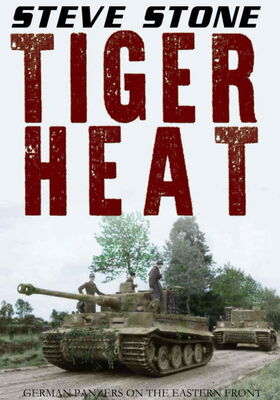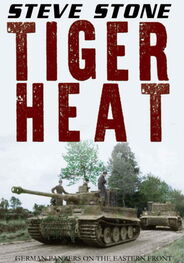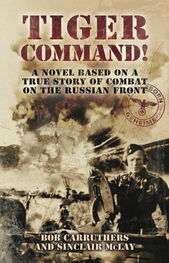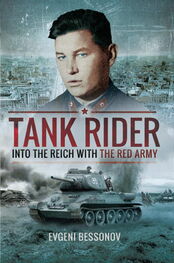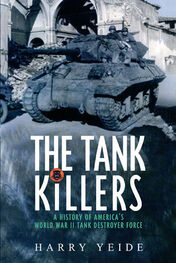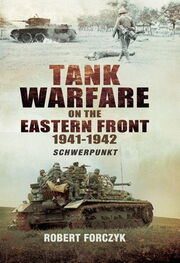Messerschmitt Me 262 – The Me 262 was world’s first operational jet-powered fighter aircraft. Powered by two Junkers Jumo 004 turbojet engines. Design work started before World War II began, however engine problems prevented the aircraft from attaining operational status with the Luftwaffe until mid-1944. Compared with Allied fighters of its day, including the British jet-powered Gloster Meteor, it was much faster and better armed. It was one of the most advanced aviation designs in operational use during World War II, and the helped the Americans after the war develop aircraft such as the F86 Sabre. The Me 262 was used in a variety of roles, including light bomber, reconnaissance and even experimental night fighter versions.
MG 34 – The Maschinengewehr 34, or MG 34, is a German recoil-operated air-cooled machine gun, first tested in 1929, introduced in 1934, and issued to units in 1936. It accepts the 7.92×57mm Mauser cartridge, and is generally considered the world’s first general-purpose machine gun. The MG 34 was a very versatile weapon and was mounted into many German tanks to protect against enemy soldiers. At the time of its development the MG 34 was the most advanced machine gun. Its combination of exceptional mobility – being light enough to be carried by one man – and high rate of fire (of up to 900 rounds per minute) was unmatched. It entered service in great numbers following Hitler’s repudiation of the Versailles Treaty in 1936, and was first tested by German troops aiding Franco’s Nationalists in the Spanish Civil War.
Mortar – A Mortar is a weapons system that consists of an adjustable tube that points upwards usually mounted on a tripod type design. Rocket propelled grenades are then dropped into the tube to be fired at a set target. They come in a variety of sizes and are highly effective against soft targets. Larger mortars can have some success against more hardened target. The rounds can be either HE (High Explosive) or Smoke.
MP 40 – The MP 40 is a submachine gun chambered for the 9×19mm Parabellum cartridge. It was developed in Nazi Germany and used extensively during WWII. Designed in 1938 by Heinrich Vollmer with inspiration from its predecessor the MP 38, it was used by infantrymen, paratroopers, platoon and squad leaders on the Eastern and Western Front. Its advanced and modern features made it a favourite among soldiers and popular in countries from various parts of the world after the war. Although the MP 40 was generally reliable, a major weakness was its 32-round magazine. From 1940 to 1945, an estimated 1.1 million were produced by Erma Werke.
P-47 Thunderbolt – The P-47 was a single engine fighter bomber powered by a Pratt & Whitney R-2800 Double Wasp engine. It was the heaviest fighter of World War Two and used in a variety of roles, from bomber escort to bombing and interdiction. It had its first flight in May 1941 and 15,560 went on to be built by the end of the War. Due to its air cooled engine it had a much greater survivability than many other contemporary fighters of the day.
Panzerfaust – The Panzerfaust (“Tank fist”, or Pzf in short.) These simple but effective anti-tank weapons proved to be devastating against Allied tanks during second half of the war, and, more important, these weapons set the pattern for most post-war developments in the field of man-portable antitank weapons. The Panzerfaust 60M doubled the effective range of fire from 30 to 60 meters by using launching tube / barrel of larger calibre and more powerful propellant charge. The actual warhead stayed the same. In November 1944 a further improved version appeared, the Panzerfaust 100M, which extended effective range to 100 meters by using a tandem propellant charge. The semi-experimental Panzerfaust 150M served as a pattern for first Soviet post-war RPG, the RPG-2.
PIAT – The PIAT (Projector, Infantry, Anti-Tank) was a British handheld anti-tank weapon developed during the Second World War. The PIAT was designed in 1942 in response to the British Army’s need for a more effective infantry anti-tank weapon, and entered service in 1943. The PIAT was based on the spigot mortar system, which launched a 1.1 kg bomb using a powerful spring and a cartridge on the tail of the projectile. It possessed an effective range of approximately 110 m in a direct fire anti-tank role, and 320 m in an indirect fire ‘house-breaking’ role. The PIAT had several advantages over other infantry anti-tank weapons of the period, which included a lack of muzzle smoke to reveal the position of the user, and an inexpensive barrel; however, this was countered by, amongst other things, a difficulty in cocking the weapon, the bruising the user received when firing it, and problems with its penetrative power.
PPSh-41 – The PPSh-41 is a magazine-fed selective fire submachine gun using an open-bolt, blowback action. Made largely of stamped steel, it can be loaded with either a box or drum magazine, and fires the 7.62×25mm Tokarev pistol round.
The PPSh saw extensive combat use during World War II and the Korean War. It was one of the major infantry weapons of the Soviet Armed Forces during World War II. Around six million PPSh-41s were manufactured.
Sherman Tank – The Sherman evolved from the Grant and Lee medium tanks. It kept quite a bit of the previous mechanical design, but added a main 75 mm gun mounted on a fully traversing turret, with a gyrostabiliser enabling the crew to fire with reasonable accuracy while the tank was on the move. The designers ensured it had mechanical reliability, ease of production and maintenance, durability, standardisation of parts. Although being a petrol engine with a 400hp and later 470hp they were prone to catching fire. These factors made the Sherman superior in some regards to the earlier German light and medium tanks of 1939-41. The Sherman ended up being produced in large numbers and formed the backbone of most of the Allied offensives, starting in late 1942.
SS – These were the defence corps of the Nazi party and commanded by Himmler. The SS was a major paramilitary organisation under Adolf Hitler and the Nazi Party. It began at the end of 1920 as a small, permanent guard unit known as the “Saal-Schutz” (Hall-Protection) made up of NSDAP volunteers to provide security for Nazi Party meetings in Munich. Later in 1925, Heinrich Himmler joined the unit which had by then been reformed and renamed the “Schutz-Staffel”. Under Himmler’s leadership (1929–45), it grew from a small paramilitary formation to one of the largest and most powerful organizations in Nazi Germany. Built upon the Nazi ideology, the SS under Himmler’s command was responsible for many of the crimes against humanity during World War II.
V-2 – The V-2 was the second of the German terror weapons after the V-1 and unmanned drone with a high explosive warhead. The V-2 was an even more advanced weapon and essentially the first cruise missile. It was based on rocket technology. The V-2 used a 74% ethanol/water mixture (B-Stoff) for fuel and liquid oxygen (LOX) (A-Stoff) for oxidizer.
At launch the V-2 propelled itself for up to 65 seconds on its own power, and a program motor controlled the pitch to the specified angle at engine shutdown, after which the rocket continued on a ballistic free-fall trajectory. The rocket reached a height of 50 mi after shutting off the engine. The V-2 was guided by four external rudders on the tail fins, and four internal graphite vanes at the exit of the motor. The LEV-3 guidance system consisted of two free gyroscopes (a horizontal and a vertical) for lateral stabilization, and a PIGA accelerometer to control engine cutoff at a specified velocity. The V-2 was launched from a pre-surveyed location, so the distance and azimuth to the target were known. Fin 1 of the missile was aligned to the target azimuth.
Читать дальше